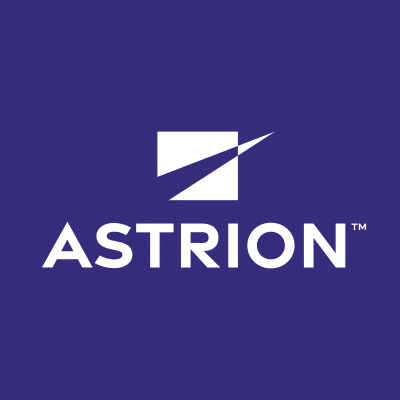Ensuring Payloads Get to Space – Safely
In mid-2024, a commercial rocket in China accidentally launched during a test. The heavy rocket broke free from its testing platform, soaring thousands of feet into the air before the onboard systems shut it down. The rocket fell back to Earth, exploding into a massive ball of fire on impact.
Fortunately, no one was harmed.
Such incidents involving large, heavy rockets in the U.S. are rare, in large part due to the oversight efforts of Astrion.
Astrion is among the select organizations that the U.S. Space Force (USSF) trusts to monitor and assess new rocket development, testing, and launch to minimize the risk of potentially catastrophic incidents. Since 2021, National Security Space Launches supported by Astrion have a 100 percent success rate.
Setting Standards for Building Rockets
Since Robert Goddard launched the first liquid-fueled rocket in 1926, the technology has not become any less complex. Rockets are essentially controlled explosions designed to propel payloads into space.
The 1998 blockbuster film Armageddon references this complexity when one character, while waiting to launch, quips: “You know we’re sitting on four million pounds of fuel, one nuclear weapon and a thing that has 270,000 moving parts… Makes you feel good, doesn’t it?”
To speed production of new commercial space rockets and maximize the success of launches, the U.S. Air Force (prior to USSF’s establishment) created the New Entrant Certification Program in 2013. The program’s purpose is to accelerate innovation by enabling commercial launch companies to compete for contracts while minimizing the risk of failed launches.
Specialized satellites used by USSF, the National Reconnaissance Office, and other government agencies cost hundreds of millions of dollars and can take years to fully develop. Failing to successfully launch such a satellite into orbit, or to the proper level of orbit, can be an incredibly expensive mistake that takes years to rectify and has an immediate impact on warfighter capability.
The New Entrant Certification program establishes standards for evaluating and certifying new, large launch systems for use by USSF. All commercial rocket providers must complete the process before they can secure USSF contracts. (NASA has a similar process and USSF certification meets NASA’s needs.)
Large launch systems are massive spacecraft. Blue Origin’s New Glenn, for example, stands 322 feet tall and is 23 feet wide. These huge rockets are capable of delivering 15,000 pounds into lunar orbit, more than 238,000 miles from earth. To do that, though, they must employ multiple stage rocket boosters, which add major levels of complexity and risk of failure. In the incident in China, only one booster was being tested at the time.
For comparison, the single stage Blue Origin New Shepard rocket, which is used for space tourism, is 63 feet tall and 12.5 feet wide. It can reach heights of roughly 65 miles, barely into the realm of zero gravity. Given their size and complexity, developing and launching large rockets is a much more complicated endeavor.

Filling the Gaps to Reduce Risk
As the new entrant specialist, Astrion is responsible for verifying new rockets meet the standards, specifications, and guidelines outlined in the New Entrant Certification Program Guide. Much like an accountant audits a corporation, Astrion personnel rigorously assess the design, manufacturing, and testing of new large launch vehicles, taking a deep dive into each area – safety, security, logistics, systems engineering – to assess risk.
Our experts are involved in every step of the process. We sit in design meetings and review system documents. We closely monitor production processes and quality and inspect tooling. We evaluate testing protocols, practices, and results. And we assess launch site infrastructure, personnel, equipment, and processes, among other tasks. Any concerns or issues are reported as findings to the rocket manufacturing team and USSF, which can dictate changes or updates needed to meet certification requirements.
Of course, evaluating new launch vehicles is more complicated than just checking off boxes in a guide. Certifying these spacecraft requires extreme expertise, precision, and certainty in a field that is still quite new.
It’s been nearly 65 years since Yuri Gagarin became the first human to travel to space, but the commercial space industry is barely 20 years old. In fact, there are more airplane flights every month than major space rocket launches in all of history.
The commercial rocket industry is increasingly trying new, innovative, and untested parts, systems, and designs in their new large launch vehicles, and there is little existing data to indicate whether such approaches will work. But USSF, NRO, and NASA need technically defensible recommendations before they can certify a new launch vehicle.
By incorporating sound engineering judgment, mission assurance expertise, and meticulous testing assessment protocols, Astrion makes it possible to create risk-based assessments that close the knowledge gap and enable advancement in rocket technology and capability while reducing the chance of failure for national security space launch missions.

Author
Mark Gudaitis
Director of Launch Systems and Operations
All Domain Division

